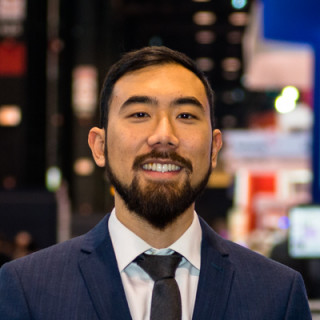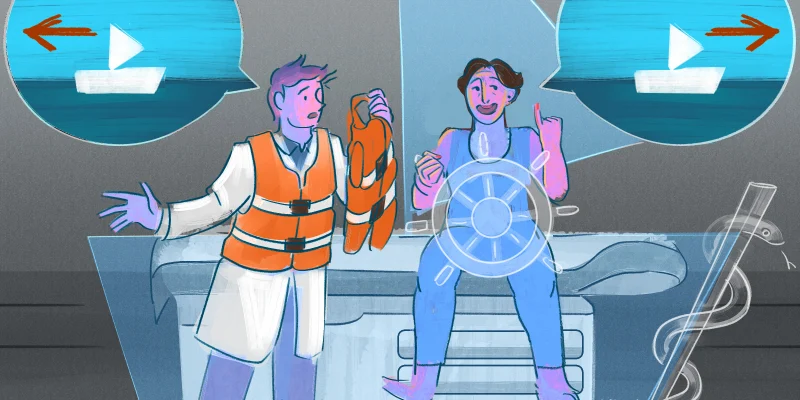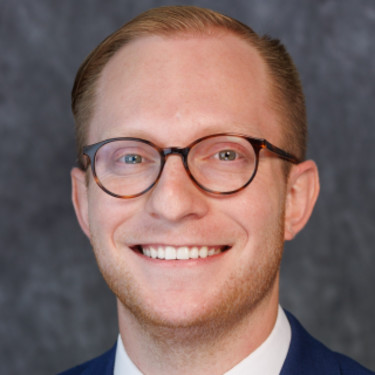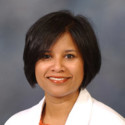For nearly 15 years, Dr. Parag J. Patel has worked as an interventional radiologist (IR) at the Medical College of Wisconsin in Milwaukee and now serves as president of the Society of Interventional Radiology (SIR). Working as an IR has been challenging throughout his time in the field. The past year has been no exception.
“Most of us feel or felt that we had emerged from a worldwide pandemic with … a slow return to some normalcy,” Dr. Patel told Doximity. “But now, we're experiencing intermittent spikes, with variants, [which] serve as a constant reminder that maybe we haven't truly emerged from all of this yet, or that there's a new normalcy we have to accept.”
The challenges facing IR have been manifold this year, including changes to the way IR is taught and practiced as well as a global shortage of iodinated contrast media. Dr. Patel noted that the shortage has had a particularly strong impact on the practice of interventionalists who frequently rely on contrast to identify blood vessels, organ systems, and pathology before treating patients.
“We’ve had to learn how to pivot a number of different times to amend our practices,” he said. “And I think IRs are best suited to that; we’ve always been known to be creative, innovative thinkers who are able to come up with solutions to complex problems each step of the way.”
Similar to many other specialties, IR widely instituted telehealth to maintain care and to follow up with patients in order to address reduced patient access during the pandemic. Telehealth adoption as a result of the pandemic “is one of the things that has emerged as an improvement for our patients,” Dr. Patel said.
The need to adapt has been relevant to the training of new IRs as well. There was a significant shift for trainees to frontline management and patient care during the height of the pandemic, and now, to a virtual environment for the delivery of education and follow-up care. IR training programs also started graduating their first full-fledged five-year integrated IR residents during the past couple of years. The integrated IR residency, which took decades to develop, was a major change from the traditional model that included a general radiology residency followed by a fellowship in IR.
How the specialty supports young and aspiring IRs will play a key role in how well the specialty is able to adapt as society transitions out of the pandemic, according to Dr. Patel.
“With so many of our young physicians and trainees coming of age in a crisis like this, we’re seeing increasing physician burnout,” he said. “It’s incumbent on us attending IRs to develop and support their practices.”
That message, which was the centerpiece of Dr. Riad Salem’s keynote lecture at the SIR annual meeting, resonated with Dr. Patel in his role as an attending and the program director of his institution’s integrated IR residency. To ensure a robust specialty, Dr. Patel said, “We should have our doors open” to the many forms mentorship can take throughout one’s career, not only as a mentor helping trainees unlock their potential, but also as someone who can learn from others.
Reflecting on this year’s SIR conference as a whole, Dr. Patel pointed to four major takeaways:
1) Value of research
An ongoing theme he recognized was the need for more compelling data. He found that strong research stood at the heart of the meeting, and that advancing the specialty will largely depend on building up this culture of research.
“Data helps us prove what we know to those who make key health care decisions, such as when and whether to cover certain treatments, what reimbursement should be, and how our clinics should be staffed,” he said. To that end, he mentioned several useful tools SIR has recently launched, including the VIRTEX data registry for IR treatments and the SIR Foundation’s Clinical Trials Network for fostering research partnerships and mentorship opportunities.
2) Benefits of meeting face-to-face
SIR 2022 was the first in-person meeting in three years. It was clear to Dr. Patel that, compared with virtual conferences, the in-person format generated much more organic conversations, with sidebar moments leading to serendipitous collaborations and new understandings, as well as opportunities for hands-on learning. “There is something about being live and in person that allows ideas to be exchanged more fully and freely,” he said.
3) Impact of IR on patients’ quality of life
From early IR interventions helping patients avoid life-altering amputations to new evidence that IR can help women struggling to conceive, the conference was full of presentations highlighting the benefits of IR treatments. “Everywhere you looked you saw the proof that IR is a powerful and diverse specialty that positively impacts patients’ lives,” Dr. Patel said. “Not only do our treatments save lives, but they can restore them.”
4) Participating in specialty societies
SIR members this year approved a new governance structure that improves communication and collaboration among volunteer groups, Dr. Patel noted. The revamped structure is designed to promote member participation, create more opportunities for leadership development, and increase engagement among private practice IRs, to “ensure their voices are heard and their practices supported,” he said.
The various changes across IR have spurred questions regarding the future of the specialty. “If IR is now a primary specialty, born out of diagnostic radiology as a fellowship or specialty training — what’s next?” Dr. Patel asked.
He noted that there are subsets of IRs who want to focus wholly on oncologic interventions or peripheral vascular disease or pediatrics, for example. Further subspecialization is a question that may drive a need for further research and understanding, and one that the specialty will need to address.
“We’re the newest primary specialty on the block,” Dr. Patel said. “And it’s an exciting time to be building the tools we need to ensure the next 50 years [are] as successful and beneficial to patients as the first 50.”







